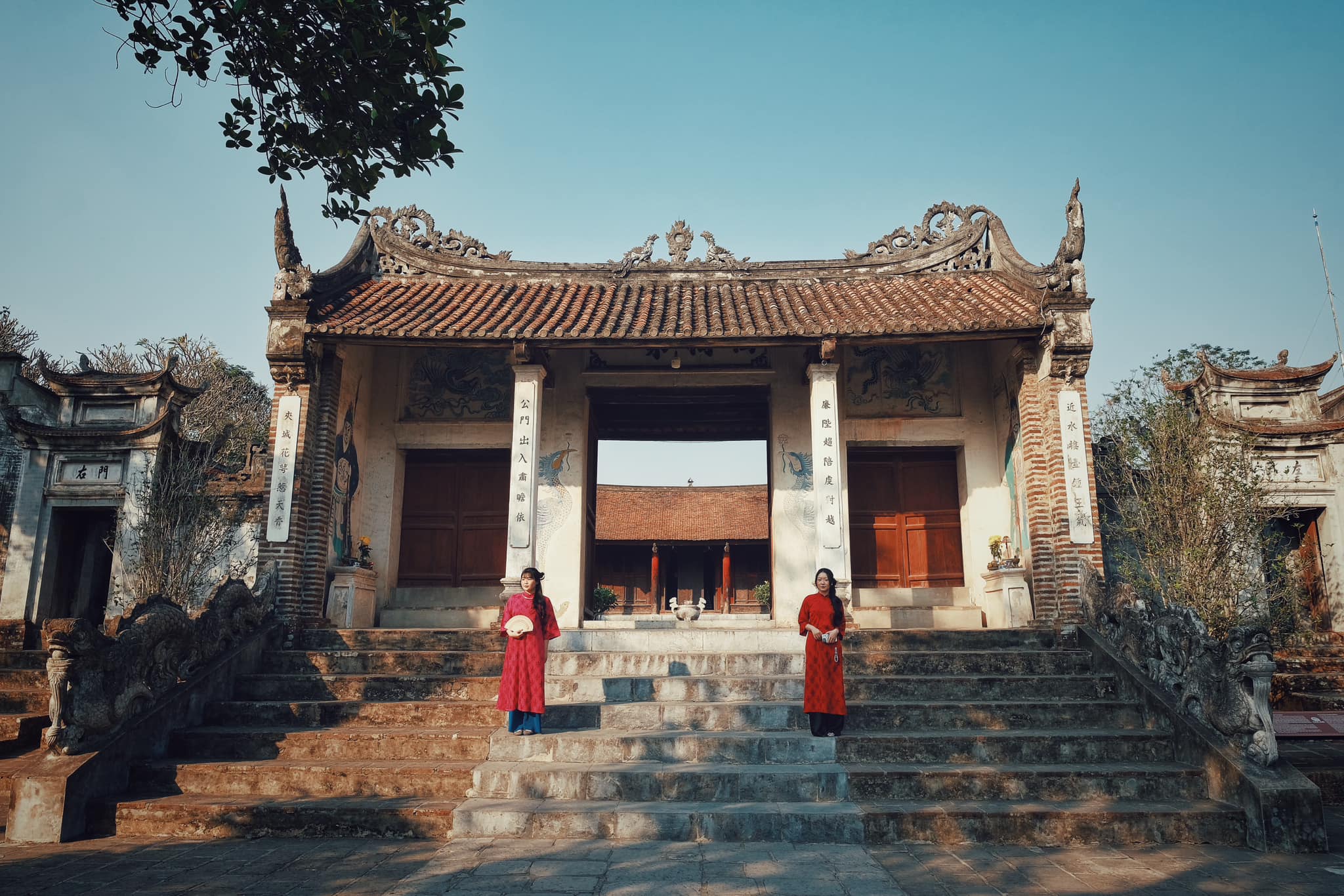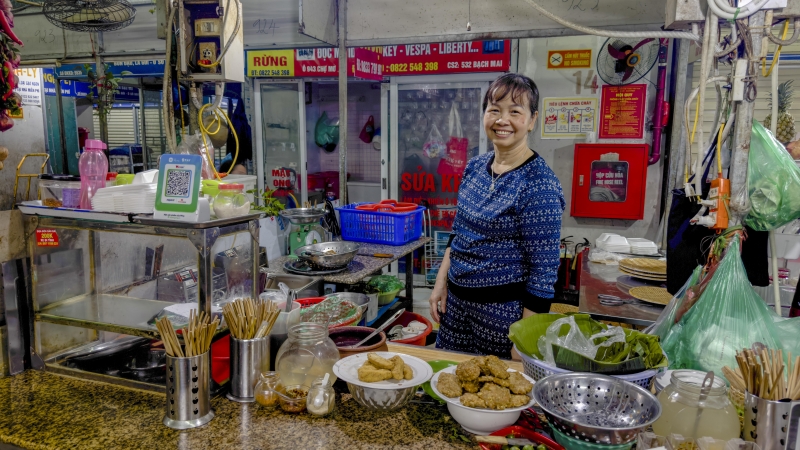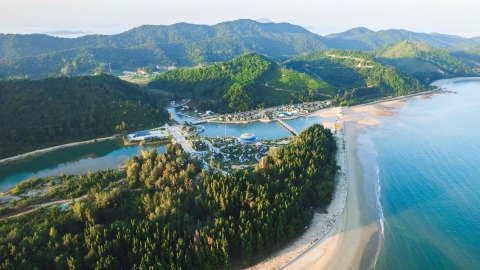Located in Dong Anh district, Hanoi, Co Loa Citadel is one of the important and unique historical relics of Vietnam. Built in the 3rd century BC under An Duong Vuong, it was the capital of Au Lac country and later of the feudal state under Ngo Quyen in the 10th century AD.
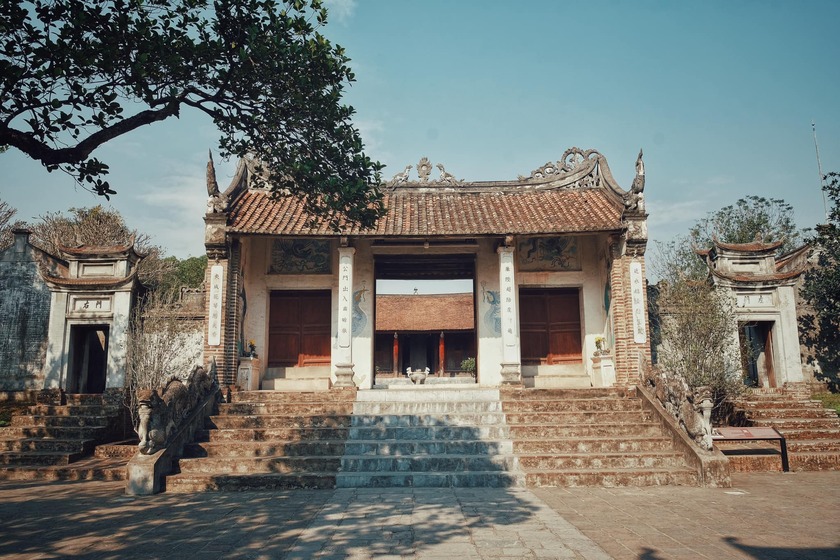
Moss-covered walls and moss-covered tiled roofs seem to take visitors back in time.
Freelance photographer Tuyen Parafu, who is passionate about ancient colors, had the opportunity to set foot in Co Loa Citadel and share his profound experiences about this place. Although he had heard and known about Co Loa Citadel before, this was the first time he explored the largest ancient citadel in Vietnam with a history of more than 2000 years.
When entering the relic site, Tuyen Parafu could not help but be surprised by the peace of the Northern countryside. He shared: "The first thing I was quite surprised by was the peace of the village, of the Citadel, many spaces and lifestyles of the old Northern countryside are still preserved and preserved extremely clearly." The winding village roads, ancient houses and cool green spaces create a peaceful picture, reminiscent of the past.



This is also an ideal place to take photos in ao dai.
Co Loa Citadel was built with a unique architecture, consisting of three closed earthen ramparts, with a total length of 15,820 km. The citadel was built based on the natural terrain, connecting mounds, piles and high strips of land along the river, surrounding the citadel are moats connecting to the Hoang River. In particular, on the surface of the citadel there are protruding mounds of earth, called "fire echoes", creating a solid defensive structure.
During the journey of discovery, Tuyen Parafu was impressed with the historical stories and legends related to Co Loa Citadel. He expressed: "Hearing the description of the architecture, history of formation as well as the process of preserving the relic is something that I will always remember because of the rich history that the Citadel has gone through." The legends about An Duong Vuong, My Chau - Trong Thuy and the magic crossbow have become an indispensable part of Vietnamese folk culture.

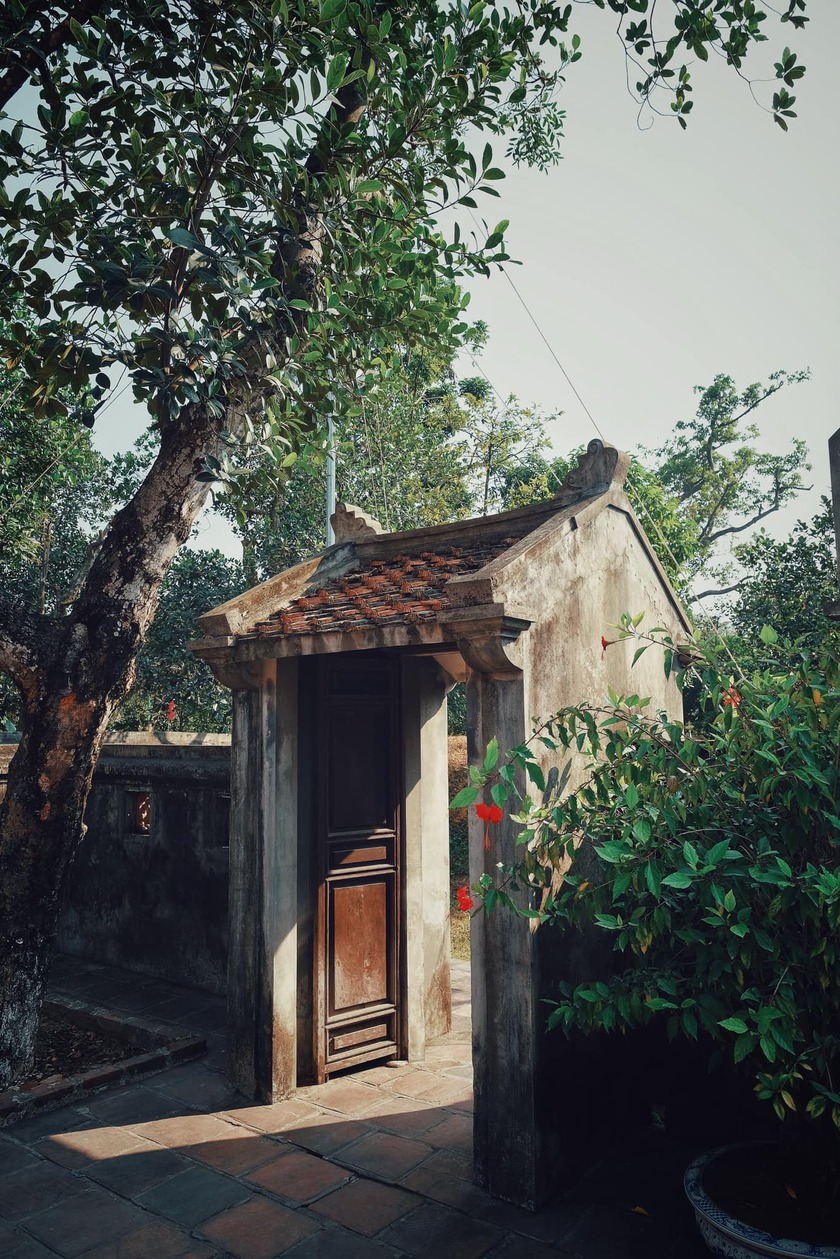
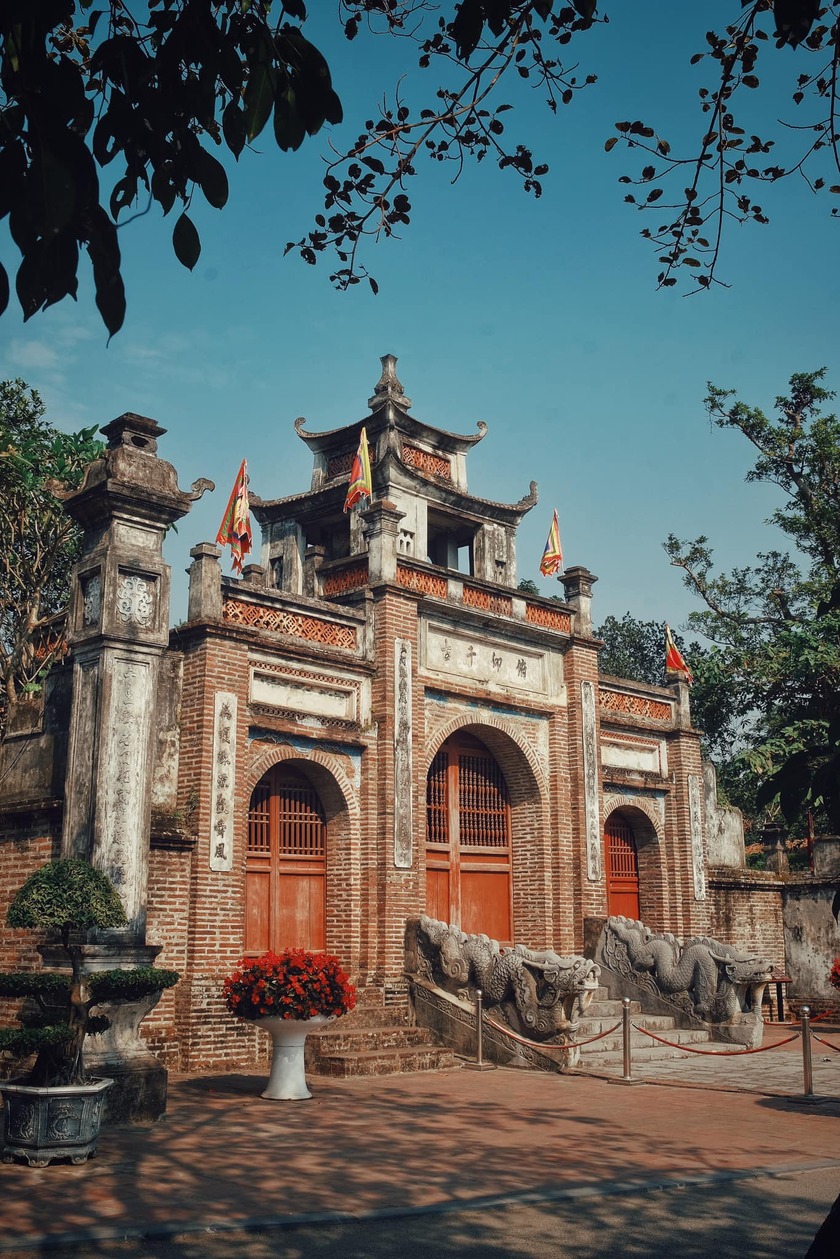
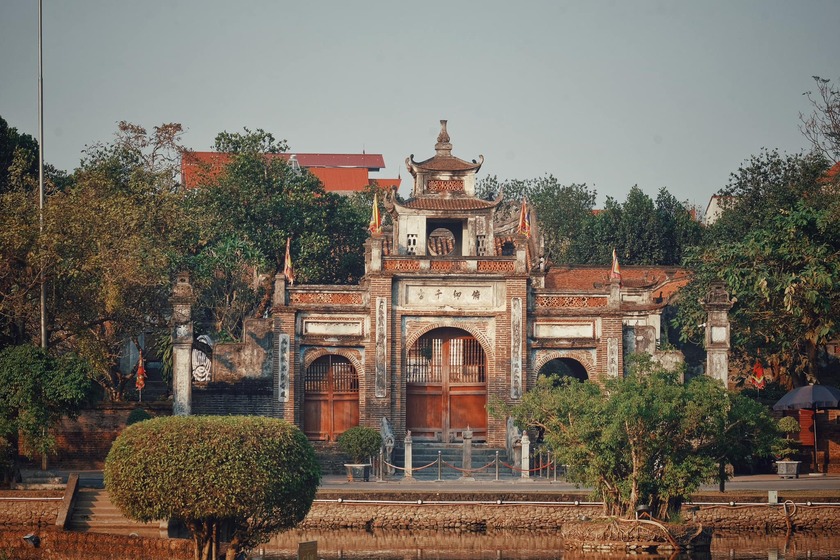
The quiet, ancient features linger in every architecture
Co Loa Citadel is not only a historical relic but also a bridge between the past and the present, helping the younger generation better understand the nation's history. Tuyen Parafu commented: "I think Co Loa Citadel is a place where history is deeply imprinted, helping us young people to approach, listen, see, and touch 'history' in the most intuitive way."
Compared to other historical sites, Co Loa Citadel is highly "original", as the intangible heritage system including unique folk customs, festivals and traditional craft villages is still passed down and promoted. This place is also a cultural and historical treasure, preserving many precious antiquities hundreds of years old. During excavations, archaeologists discovered ancient tombs, bronze axes, bronze drums, tens of thousands of three-sided bronze arrowheads and arrowhead molds. All of these artifacts are carefully preserved, becoming attractive highlights for tourists to visit and admire.
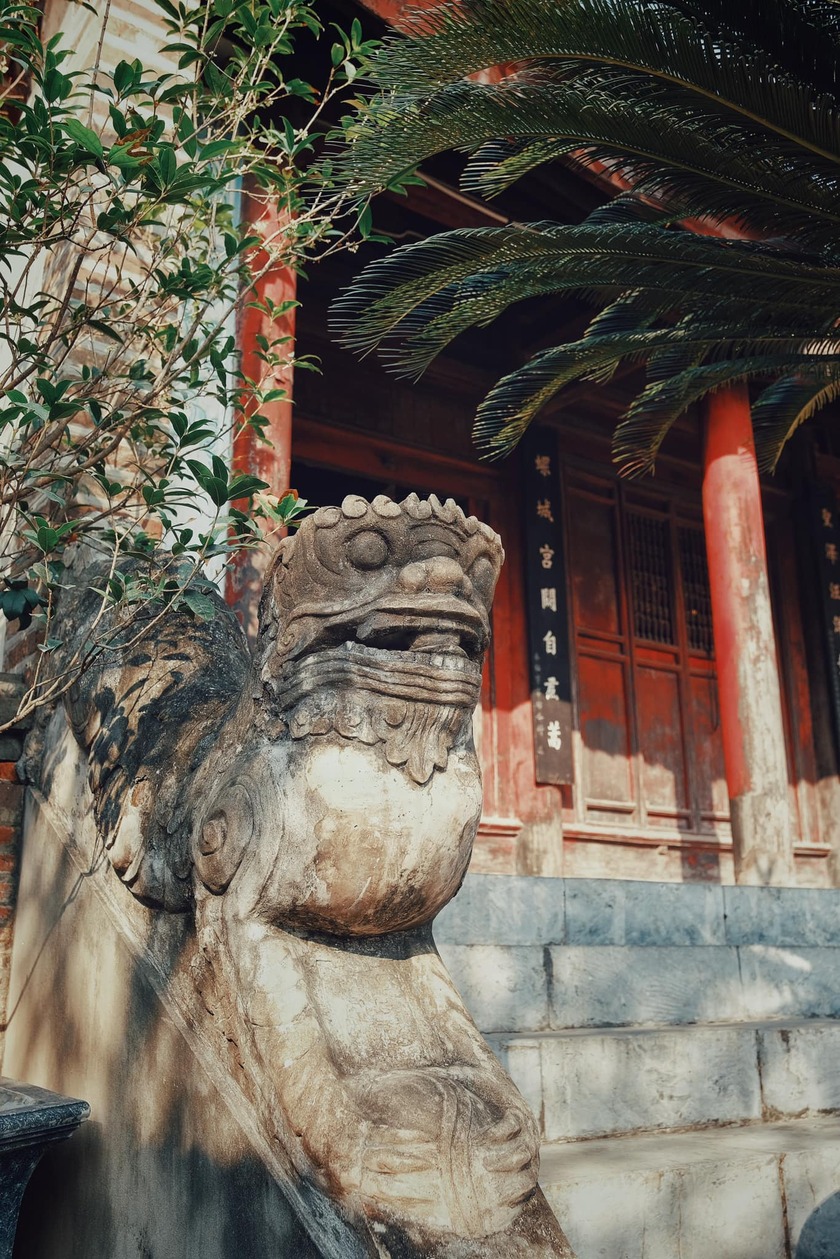
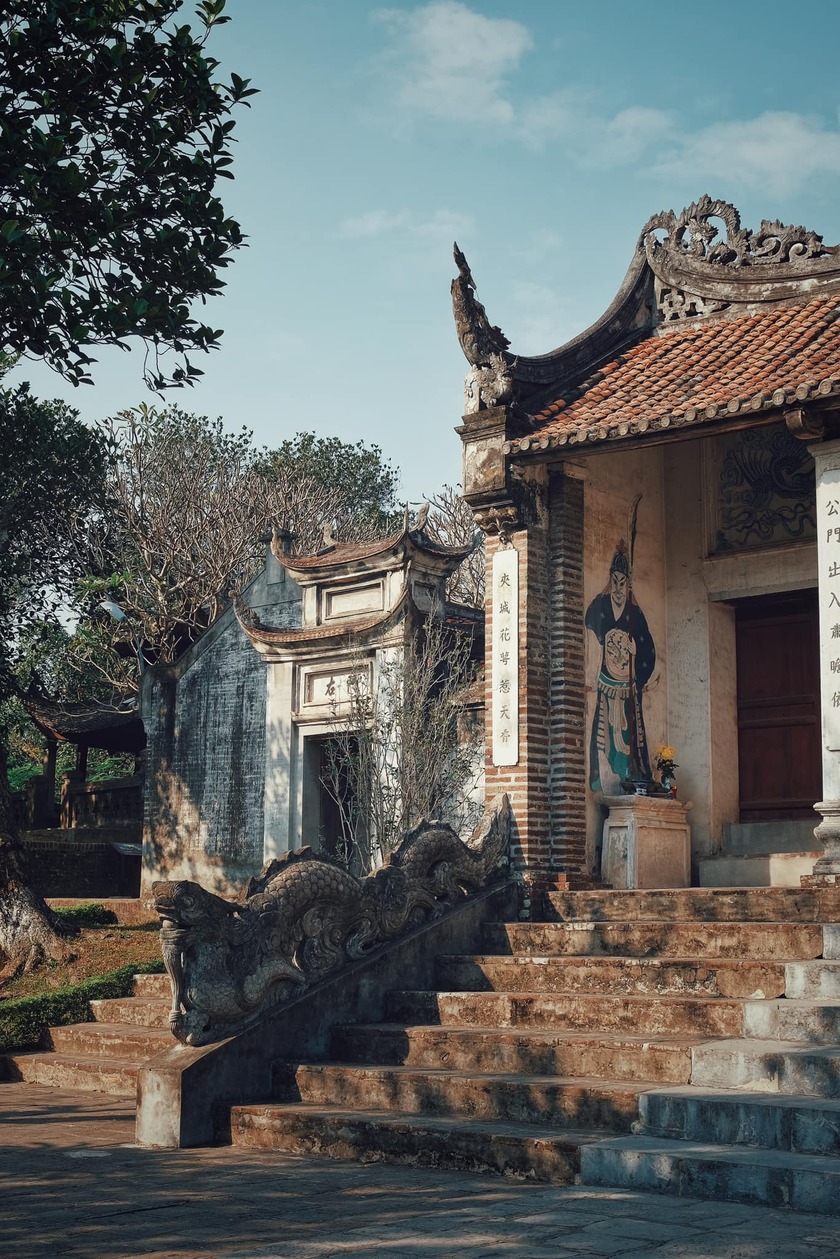
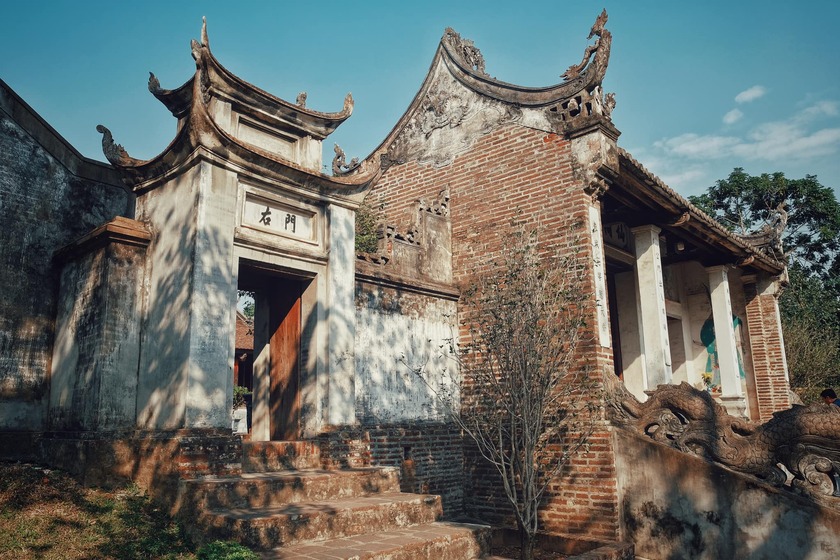
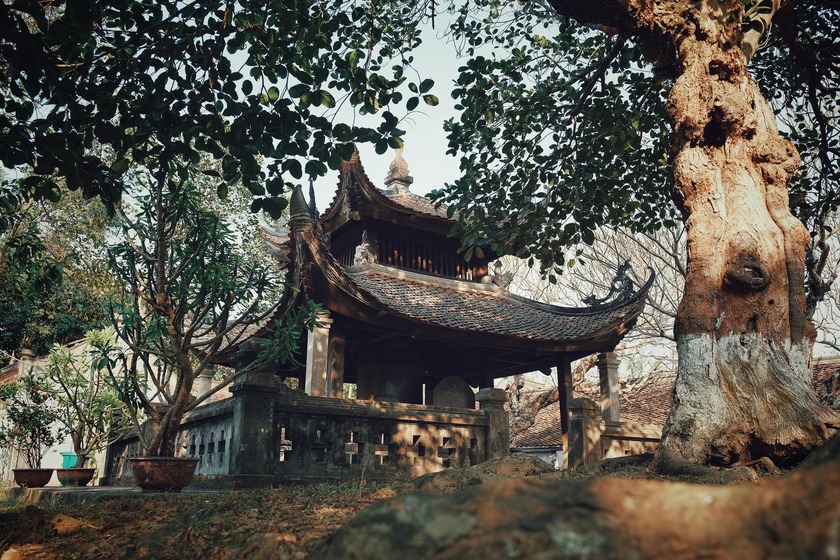
A peaceful space imbued with the breath of the Northern countryside
To attract young people, Tuyen Parafu suggested: "Co Loa Citadel will attract young people to check-in with the ancient space, village corners, and unique festivals, but from there, it is also a way for young people to gradually have the opportunity to see the heroic historical flow of their nation."
Co Loa Citadel is not only a historical witness but also an attractive tourist destination, where visitors can immerse themselves in the ancient space, learn about the past and feel the peaceful life of the Northern countryside. The experiences here will certainly leave a deep and unforgettable impression in the hearts of every visitor.





